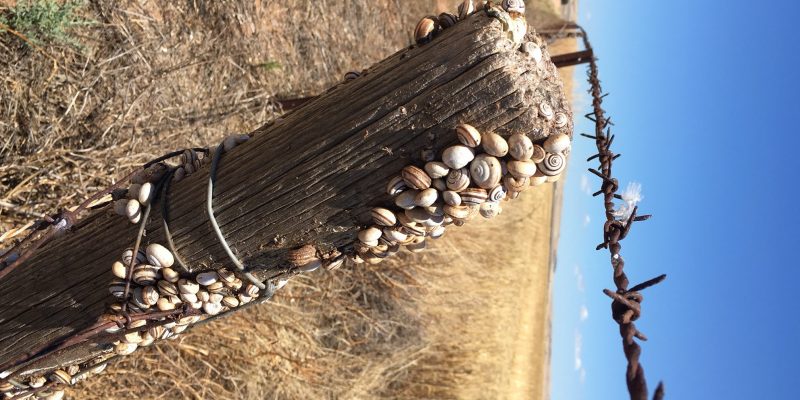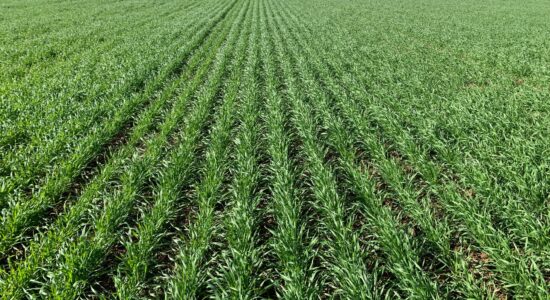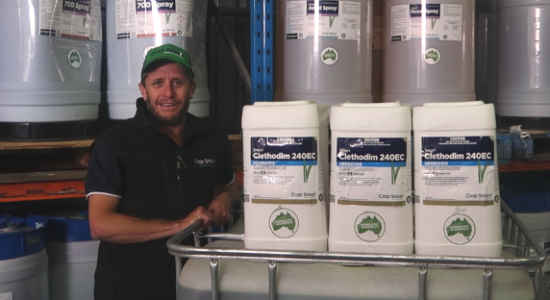
Snails
This season many traditional non-snail areas have experienced their first significant snail problems. The harvest issues have ranged from undeliverable field peas to malting barley getting down-graded to Feed2. The rise of snail problems this season is largely due to the wet season, both summer/autumn and winter/spring. The explosion in numbers will need to be managed going forward with the most successful controls being in summer and early autumn and the old adage “Bash ‘Em, Burn ‘Em, Bait ‘Em” still rings true.
Bash ‘Em
This refers to rolling or cabling the stubble with the aim to knock the snails off the stubble onto the hot ground where they dehydrate. For this to be successful the temperature needs to be above 35 degrees the day of treatment and preferably for a few days after. If cool and moist conditions follow the treatment in the evening or the day after some snails may survive and move back up the stubble to safety. If numbers are high multiple applications of rolling or cabling may be necessary.
Burn ‘Em
Burning snails can be a very effective means of control, providing a hot even burn is achieved. Summer weed control is critical as the weeds can reduce the snail mortality in a paddock burn. However burning stubble will leave soils prone to erosion and take away the benefits of retaining stubble and should be a careful and strategic decision.
Bait ‘Em
Baiting snails can be very effective when done under the correct conditions and timing. Baiting needs to occur before egg laying which can happen from late summer through to early autumn. Snails are active at high humidity, so baiting around rain in summer and early autumn is very effective. It is important to know when snails are moving. If high humidity conditions are present and you don’t want to check during the night then you can spray paint some snails on a plant or pole and see if they are still in the same spot the next day. Bait rates depend on population size and varies from 5-10kg/ha for larger Common White and White Italian snails and 8-10kg/ha for the conical species which are harder to kill.
Despite numerous research attempts over many years no silver bullet for killing snails has emerged. Therefore a combination of the above is still the best option we have. Spending some time over summer reducing snail populations could save you lots of time and money next harvest!
The Smart Agro








